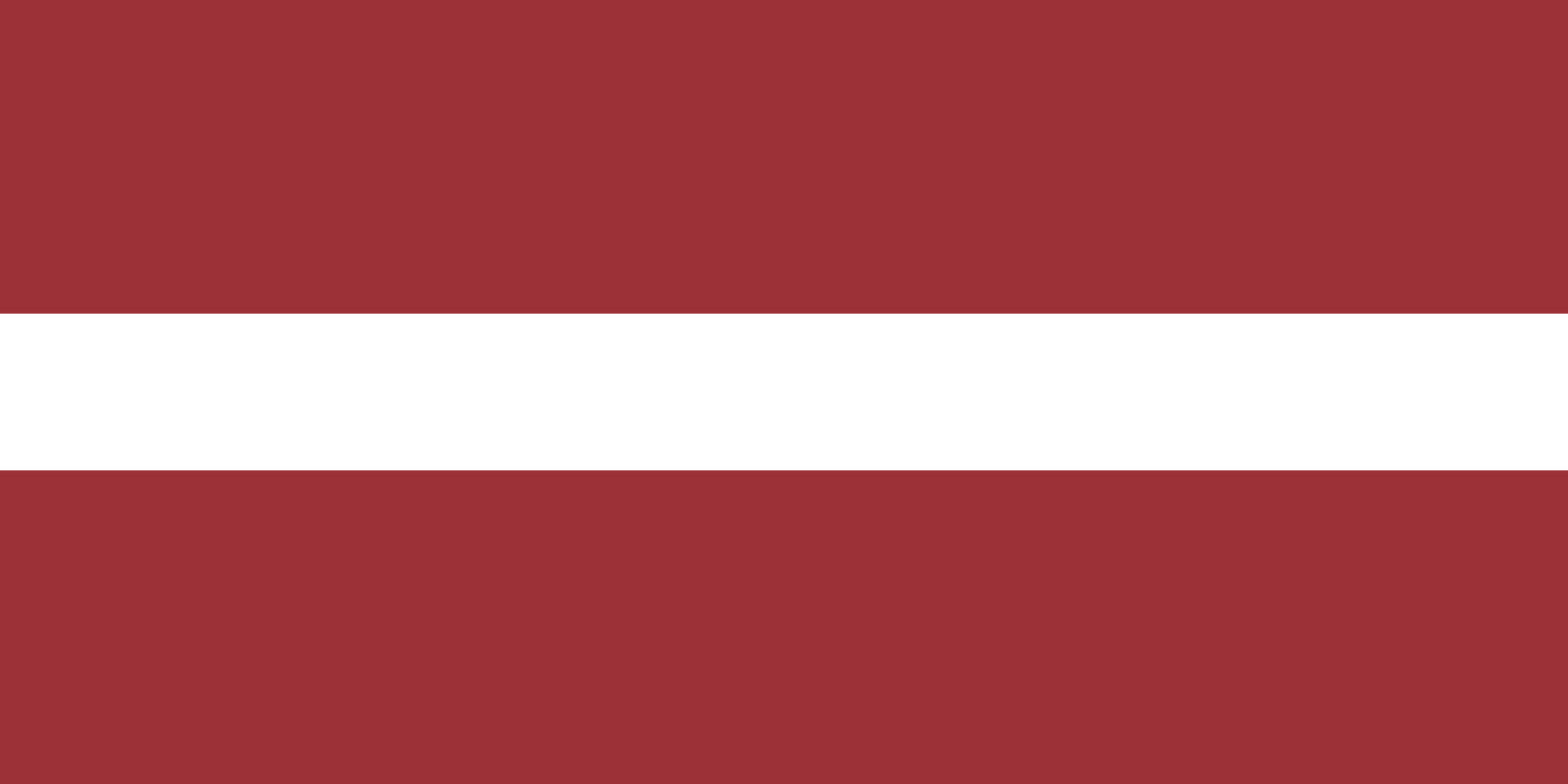Languages Spoken in Latvia
According to data from Oxfordshire County Council <10 languages are spoken in Latvia. In the heart of Europe, Latvia stands as a testament to linguistic diversity, boasting a repertoire of <10 distinct languages. This linguistic tapestry is a testament to the country's rich cultural history and societal amalgamation
Main Languages of Latvia
Latvian (55%), Russian (35%) stands as the principal language spoken by a vast majority across regions. Its prevalence resonates in everyday discourse, education, and cultural spheres, unifying communities within Latvia.
For those interested in delving deeper into Latvian culture or planning to visit the country, there are various ways to learn Latvian. These include enrolling in language classes, using online resources and language learning apps, engaging with native speakers, and immersing oneself in Latvian cultural events and traditions. Additionally, exploring Latvian literature, music, and films can provide valuable insight into the language and its cultural context. By actively participating in these activities, learners can develop their language skills and gain a deeper appreciation for Latvian culture.

Official Languages of Latvia
Latvian (55%), Russian (35%) stands as the principal language spoken by a vast majority across regions. Its prevalence resonates in everyday discourse, education, and cultural spheres, unifying communities within Latvia.
National & Regional Status
Latvia's linguistic landscape flourishes with diverse tongues that hold regional significance. In regions, a multitude of languages enjoy official or regional status, embodying the country's commitment to preserving cultural heritage and linguistic identity.
Embracing the Melting Pot
From ancient indigenous dialects to globally recognized languages, Latvia embraces a spectrum of linguistic expression. The intersection of languages within its borders echoes a narrative of centuries-old traditions, historical influences, and contemporary societal dynamics.
Discover the Linguistic Mosaic
Experience the allure of Latvia's linguistic mosaic, a captivating fusion of languages woven intricately into its societal fabric. Explore the nuances, embrace the diversity, and immerse yourself in the captivating world of languages in Latvia.
Which language is spoken in schools in Latvia ?
Latvian (Latvian language) is the primary language spoken in schools throughout Latvia. It is the official language of instruction in public schools and used for teaching all subjects to promote national identity and cultural heritage.
Which languages are taught in schools in Latvia ?
Foreign languages taught in Latvian schools typically include English, Russian, German, and sometimes French. English is emphasized for international communication and business, while Russian reflects historical ties and regional communication needs. German and French are chosen based on educational curriculum and cultural interests.
Which language is spoken in media in Latvia ?
Latvian is predominantly used in media in Latvia. Most newspapers, television channels, and radio stations broadcast in Latvian, providing news, entertainment, and cultural content to the population. Some media outlets also offer content in Russian, particularly aimed at Russian-speaking minorities.
Which language is spoken in movies & series in Latvia ?
Movies and series in Latvia are primarily produced in Latvian. Latvian-language films and TV series are prevalent, reflecting local culture and societal issues. Foreign films and series are typically shown in their original languages with Latvian subtitles.
Which language is spoken in which region in Latvia ?
Latvia's linguistic diversity is influenced by historical and geographical factors. Latvian is widely spoken across the country, while Russian is more common in urban areas and regions with a significant Russian-speaking population, such as Riga and Latgale. Minority languages, such as Livonian and Latgalian, are spoken in specific regions where these ethnic groups reside, preserving cultural diversity and heritage.
